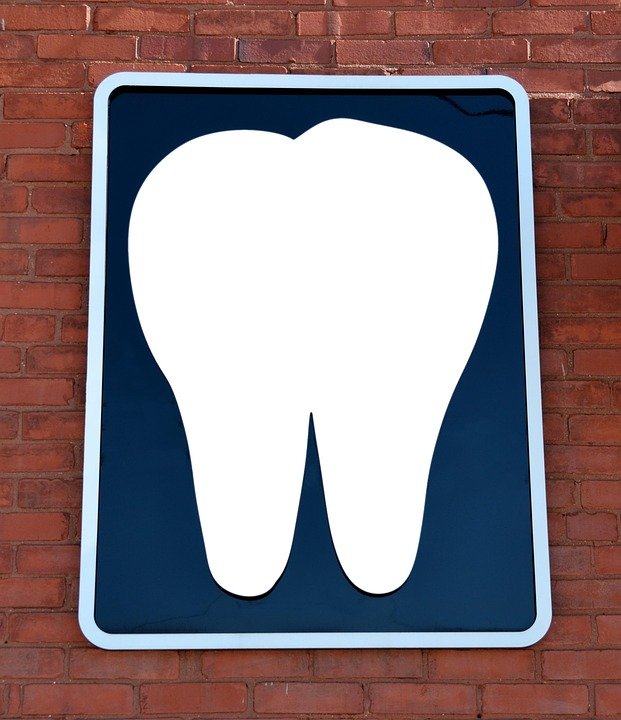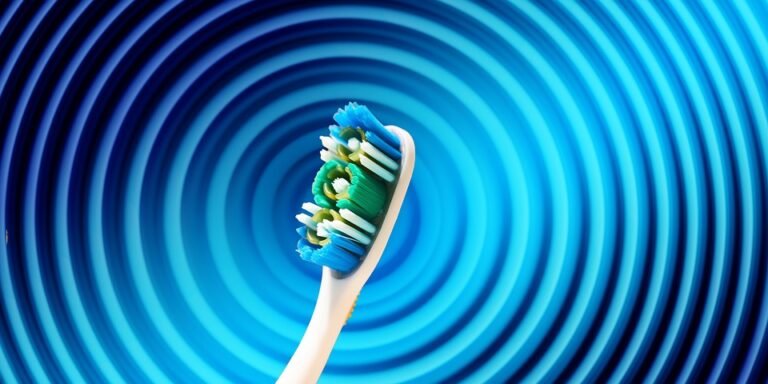How can orthodontics address facial asymmetry to improve smile aesthetics?
Okay, so I’ve noticed my smile is a little crooked and when I take photos, one side of my face looks…off. It’s not a huge difference, but it’s enough that it bothers me. I went to my regular dentist and they suggested I consult with an orthodontist to see if braces or something similar could help.
I’m curious how exactly orthodontics can correct facial asymmetry, specifically to make my smile look better. I’m not necessarily looking for a completely perfectly symmetrical face – I understand that’s probably impossible! But I’d like to improve the balance and overall appearance of my smile.
What specific orthodontic treatments are typically used to address this kind of issue? I’ve heard of things like braces, Invisalign, and even jaw surgery, but I’m not sure which are most relevant or effective for smile-related asymmetry. Are there other options too?
Also, how do orthodontists even diagnose the root cause of the asymmetry in the first place? What kind of scans or tests are involved? Is it just looking at my teeth, or do they also examine my jaw, bite, and facial muscles?
Finally, what kind of results can I realistically expect? Can orthodontics really make a noticeable difference in facial symmetry, or is it more about aligning the teeth themselves? I want to have realistic expectations before committing to any treatment. Are there any potential drawbacks or risks I should be aware of? I’m mainly concerned about the aesthetic impact on my smile.
Answer
Orthodontics can address facial asymmetry to improve smile aesthetics through a variety of techniques aimed at aligning the teeth and jaws, thereby creating a more balanced and harmonious facial appearance. The extent to which orthodontics can correct facial asymmetry depends on the underlying cause and severity of the asymmetry. Mild to moderate asymmetry caused by dental or skeletal discrepancies can often be significantly improved with orthodontic treatment alone or in combination with other procedures.
Diagnosis and Treatment Planning:
- Comprehensive Evaluation: The initial step involves a thorough examination, including a detailed medical and dental history, clinical examination, and diagnostic records.
- Facial Analysis: This involves assessing facial proportions, symmetry, and balance. Photographs (frontal, profile, and oblique views), cephalometric radiographs, and cone-beam computed tomography (CBCT) scans are used to identify skeletal and soft tissue asymmetries. The Frankfort horizontal plane, the midsagittal plane, and other reference lines are used to quantify the degree of asymmetry. Soft tissue thickness and contours are also assessed to predict the impact of skeletal changes on facial appearance.
- Dental Evaluation: This includes assessing the position, alignment, and angulation of the teeth, as well as the relationship between the upper and lower dental arches. Particular attention is paid to any canting of the occlusal plane, midline discrepancies, and crossbites, as these can contribute to facial asymmetry.
- Functional Evaluation: Assessing jaw function, including temporomandibular joint (TMJ) health and muscle activity, is important, as asymmetry can sometimes be related to functional problems.
- Treatment Planning: Based on the evaluation, a customized treatment plan is developed to address the specific causes of the facial asymmetry. The plan may involve orthodontic treatment alone, orthognathic surgery in conjunction with orthodontics, or other adjunctive procedures.
Orthodontic Treatment Modalities:
-
Braces (Fixed Orthodontic Appliances): Traditional braces are used to align the teeth and correct malocclusion. By precisely positioning brackets and using archwires, orthodontists can move teeth to compensate for skeletal asymmetries and improve the symmetry of the smile. Specifically, braces can be used to:
- Correct dental midlines: Aligning the upper and lower dental midlines with the facial midline improves smile symmetry.
- Level the occlusal plane: Canting of the occlusal plane can create the illusion of facial asymmetry. Braces can be used to level the occlusal plane, making the smile appear more balanced.
- Correct crossbites: Unilateral crossbites can contribute to functional shifts of the mandible, exacerbating facial asymmetry. Braces can be used to correct crossbites and improve jaw function.
- Align teeth to compensate for skeletal discrepancies: While braces cannot directly alter the underlying skeletal structure, they can align teeth to compensate for mild skeletal asymmetries, improving the overall appearance of the smile.
-
Clear Aligners (Removable Orthodontic Appliances): Clear aligners, such as Invisalign, can be used to treat mild to moderate facial asymmetry cases. They offer a more discreet alternative to traditional braces and can be used to achieve similar tooth movements. The same principles of midline correction, occlusal plane leveling, and crossbite correction apply to clear aligner therapy.
-
Orthopedic Appliances: In growing patients, orthopedic appliances can be used to influence jaw growth and development, potentially correcting or mitigating skeletal asymmetries. Examples include:
- Headgear: Can be used to restrain maxillary growth and correct Class II malocclusion, which can sometimes be associated with facial asymmetry.
- Functional appliances: Such as Herbst appliances or twin blocks, can be used to stimulate mandibular growth and correct Class II malocclusion.
- Chin cups: Can be used to redirect mandibular growth in patients with mandibular prognathism.
- Rapid Palatal Expanders (RPE): These appliances widen the upper jaw, which can improve facial symmetry in cases of maxillary constriction.
- Temporary Anchorage Devices (TADs): TADs, such as mini-screws or mini-plates, provide stationary anchors for orthodontic tooth movement. They allow orthodontists to apply forces to specific teeth or groups of teeth without unwanted reciprocal movements. TADs are particularly useful in treating facial asymmetry cases, as they allow for precise and controlled tooth movements to correct midline discrepancies, occlusal plane canting, and other dental asymmetries.
Orthognathic Surgery:
In cases of moderate to severe skeletal asymmetry, orthognathic surgery may be necessary in conjunction with orthodontic treatment. Orthognathic surgery involves surgically repositioning the jaws to correct skeletal discrepancies and improve facial balance.
- Surgical Planning: Surgical planning involves a multidisciplinary approach, including orthodontists, oral and maxillofacial surgeons, and other specialists.
- Presurgical Orthodontics: Prior to surgery, orthodontic treatment is typically performed to align the teeth within each jaw, preparing them for the surgical repositioning of the jaws.
- Surgical Procedure: During the surgery, the jaws are cut and repositioned to achieve the desired skeletal correction. Common surgical procedures include:
- Mandibular advancement or setback: Used to correct mandibular retrusion or prognathism.
- Maxillary impaction or advancement: Used to correct vertical maxillary excess or deficiency.
- Genioplasty: A surgical procedure to reshape the chin, which can improve facial balance and symmetry.
- Asymmetric jaw surgery: In some cases, the jaws may be repositioned asymmetrically to correct facial asymmetry.
- Postsurgical Orthodontics: Following surgery, orthodontic treatment is continued to fine-tune the occlusion and ensure long-term stability of the surgical correction.
Adjunctive Procedures:
In some cases, adjunctive procedures may be necessary to improve the aesthetic outcome of orthodontic treatment for facial asymmetry. These may include:
- Gingival Contouring: Corrects uneven gum lines and improves the aesthetics of the smile.
- Dental Restorations: Veneers or crowns can be used to reshape or resize teeth, improving smile symmetry.
- Botulinum Toxin (Botox) Injections: Botox injections can be used to relax hyperactive muscles, such as the masseter muscle, which can contribute to facial asymmetry.
- Facial Fillers: Dermal fillers can be used to add volume to areas of the face, improving facial contour and symmetry.
Treatment Considerations:
- Patient Expectations: It is important to have a thorough discussion with the patient regarding the goals and limitations of treatment. While orthodontics and orthognathic surgery can significantly improve facial asymmetry, it may not be possible to achieve perfect symmetry.
- Stability: Maintaining the correction of facial asymmetry requires long-term retention. This may involve wearing retainers indefinitely or undergoing additional procedures to stabilize the jaws.
- Age: The optimal timing of treatment for facial asymmetry depends on the patient’s age and growth status. Early intervention may be beneficial in growing patients, while adults may require a combination of orthodontics and orthognathic surgery.
By employing these techniques, orthodontics, often in conjunction with other specialties, can play a significant role in addressing facial asymmetry and achieving a more balanced and aesthetically pleasing smile.






